The Students Of Avraham Avinu Chinuch Chanoch And Chanukkah
By: Rav Itzchak Jamal
The Gr"A says, in a well-known phrase, that when we want to understand the root of an issue in the Torah, we must look at the first time it is mentioned in the Torah. In our case, when we look closely, we see that the root ח.נ.כ. (Chanoch / chanich) appears three times in the first three parshiot in the Torah. Perhaps by examining them closely we can discern different educational models from the dawn of human history.
After Cain killed Abel, HaShem punishes him: "You shall be a nomad and an exile in the land." The Alsheich explains the difference between "nomad" and "exile": a nomad is one who is constantly in motion, wandering from one place to another, as opposed to the curse "an exile" which means that even in the place where he is, he will not have inner peace.
In practice, Cain attempts to evade this decree – immediately afterwards the Torah tells us: "And Cain knew his wife, and she conceived and gave birth toחנוך - Chanoch, and he (Cain) built a city and he called the name of the city like the name of his son Chanoch." That is, Cain specifically builds a city, and a city represents permanence, a city brings people together in a certain place – in contradiction to the decree that he will be a nomad and an exile. Not only that – Cain names the city after his son Chanoch. The educational model which Cain passes on to his son and to the following generations is that the most important thing in life is construction, development and manufacture, whereas the divine values are less important, as we see here that he is acting in blatant opposition to HaShem's will.
In direct continuation of this, we have the example of dor haplaga - the generation of the dispersion – which built the tower of Babel in order to make a name for themselves. They made their life's goal construction and industry. By his nature, man is temporary in the world. He is minute and transitory, and they aspired "to make a name for themselves" – to build and to develop in order to acquire immortality.
As we know, the human race continued from the progeny of Seth and not from Cain, whose offspring were all wiped out in the flood. So we can anticipate encountering another Chanoch from Seth's descendants, who represents a different model of education. And sure enough, we find another Chanoch, descended from Seth, the son of Jared. Of him it is written: "And Chanoch walked with the Lord and was no longer, for the Lord took him." The question arises: he was a great tzaddik, the first man of whom it is said that he "walked with the Lord" so why wasn't he chosen to be the founder of Am Israel?
The Chatam Sofer explains the difference between Avraham and Chanoch: "Who have we seen who is as great as Chanoch, who, out of the intensity of his desire and cleaving to HaShem, ascended to be like the Heavenly host, who stand before the King to serve Him? And we didn't see that Avraham purified his earthly body to that degree. However, this was not because of any spiritual shortcoming on his part, since, had Avraham done as Chanoch did, and isolated himself from human society, he too would have ascended to be (like one) of G-d's angels. And the reason he did not do this is because he understood that this is not what HaShem desires, for one to perfect only his own soul, and leave behind him the people of his generation to (sink in) the culture of evil and immorality as in the cases of Chanoch and the generation of the Flood. These events teach us that it is proper for one to lessen (his efforts) in perfecting his soul in order to increase the glory of HaShem by reducing (the number) of those rebelling against Him, and multiplying His servants and those who fear Him (preface to Yoreh De'ah).
According to this we can understand why "the Lord took him." It is as if HaShem said to Chanoch: you desire to be an angel, you are engaged only in purifying the corporeal, so I will take you to the world of angels. However, this is not man's purpose in the world, his purpose is to be engaged with other people and to influence them.
Therefore, the educational model which Chanoch leaves can be summarized as: build yourself up, ascend and purify yourself. Worrying about society is less important, it is more important to develop your personal world. However, this archetype is not appropriate for Am Israel – Chanoch indeed walked with the Lord, but he is not "Avinu" (our father) or "Rabbenu" (our teacher).
The third time we encounter the root ח.נ.כ. is in our parsha. Avraham Avinu hears that Lot has been taken captive, and then the Torah says: "And Avraham heard that his brother was taken captive, and he mobilized his disciples(חניכיו) , who were born in his house, three hundred and eighteen, and he pursued (the enemies) to Dan." Rashi brings Chazal's Midrash which refers to the singular form of disciple (חניכו) as opposed to the plural form (חניכיו) and this alludes to Eliezer, who is equal to 318 men. However the question arises: we are well aware of the principle: "do not rely on a miracle." So is it possible that Avraham went out to this war – which was truly the First World War – with only one other man, be him as righteous as he was? The Kli Yakar offers a convincing explanation, saying that Rashi did not intend to say that only Eliezer went to war, since afterwards Avraham explicitly requests from the king of Sodom to give a portion to the נערים - young men - who went with him. However, Rashi emphasizes that the credit for the victory was given to Eliezer.
In other words, Avraham certainly took trained men with military backgrounds, as he went out to fight a long and difficult war. However, there is a message here that without Eliezer's righteousness, the war would not have been won.
Therefore Avraham's legacy is the third educational model. On one hand Avraham's students are men who know that victory and success come by virtue of the inner, spiritual world: the righteousness and character traits which are exemplified by Eliezer. On the other hand, Avraham's students are men who are active in society and know how to wage war, and know how to build and develop, and they do not suffice with their inner world to the exclusion of everything else.
All of these connect with חנוכה – Chanukkah. The beast which Daniel saw in his vision which represents the kingdom of Greece is the leopard, and in order to defeat it we must confront it with another leopard, a Jewish leopard. What is the characteristic of the leopard? Azzut - boldness. In our Rabbinic sources, we find an apparent contradiction regarding boldness, whether it is a positive or a negative trait. On one hand it is said: az panim le-gehenom: (one who is characterized by) a bold (brazen) face is destined for gehenom. On the other hand it is said: Heve az k'namer – be as bold as a leopard.
We encounter a similar contradiction regarding bayshanut (shyness, modesty). "Boshet panim l'Gan Eden" - one with a shy panim (face) goes to Heaven, and on the other hand "ain habayshan lomed" – the shy one does not learn. However HaRav Kook tells us to look closely and see that regarding both expressions, in one instance the word panim immediately follows, and in the other instance it doesn't. When it says az panim, this is not a positive trait, as the meaning of panim is that the brazenness has penetrated into the p'nim (the inside) and has become part of him, of his essence, and this is certainly not good. However, when the boldness is directed outwards, only in deeds and action, this is an excellent thing. Regarding modesty, the opposite is true: "Boshet panim l'Gan Eden" – when the modesty is within, and it is part of one's makeup, this is wonderful. But when it is directed outwards, where one must ask, do and act, then shyness is actually a deficiency. Therefore, to counter the Greek brazenness, we must educate people to be modest within and bold and active without, like the example which is Avraham's legacy to Am Israel.
At the end of the war, it is written that everyone arrived at "emek hashaveh (literally: the level valley. This expression also implies agreement, like 'common ground') – which is emek hamelech (the valley of the king)." And our sages said: "There, all the nations of the world concurred and crowned Avraham over them as a prince and a captain." Avraham Avinu embodies his educational model for Am Israel: Inwardly, he is Nasi Elokim - the Prince of the Lord, but one who also knows to be a captain outside.
Shiur ID: 9572
Do you have a comment or question on the shiur?
Comment below and we'll join the discussion
Add your comments:
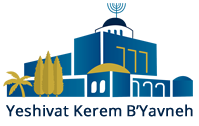
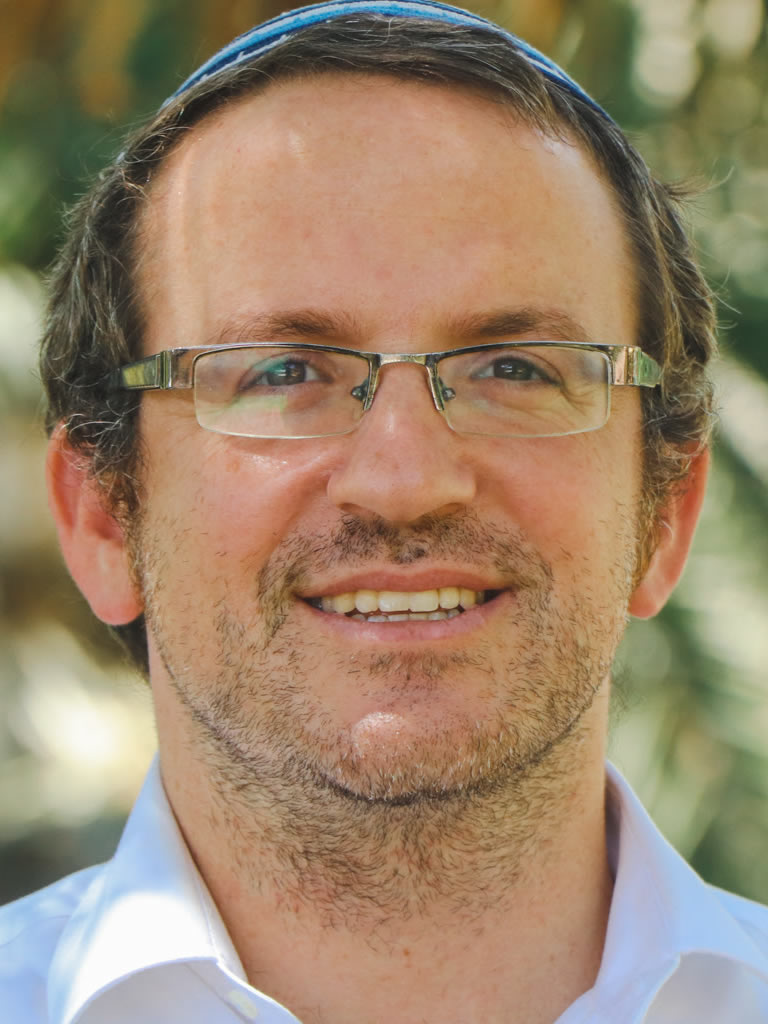
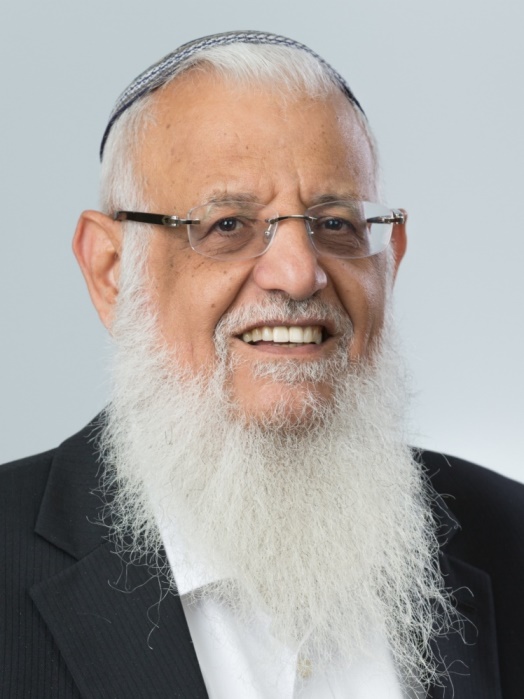
.jpg)
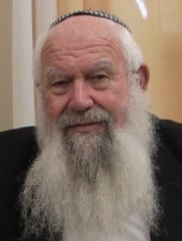
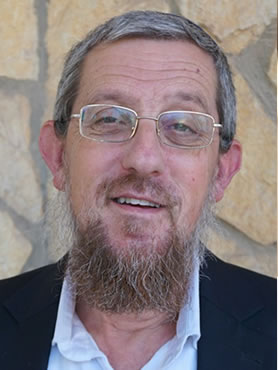
.jpg)